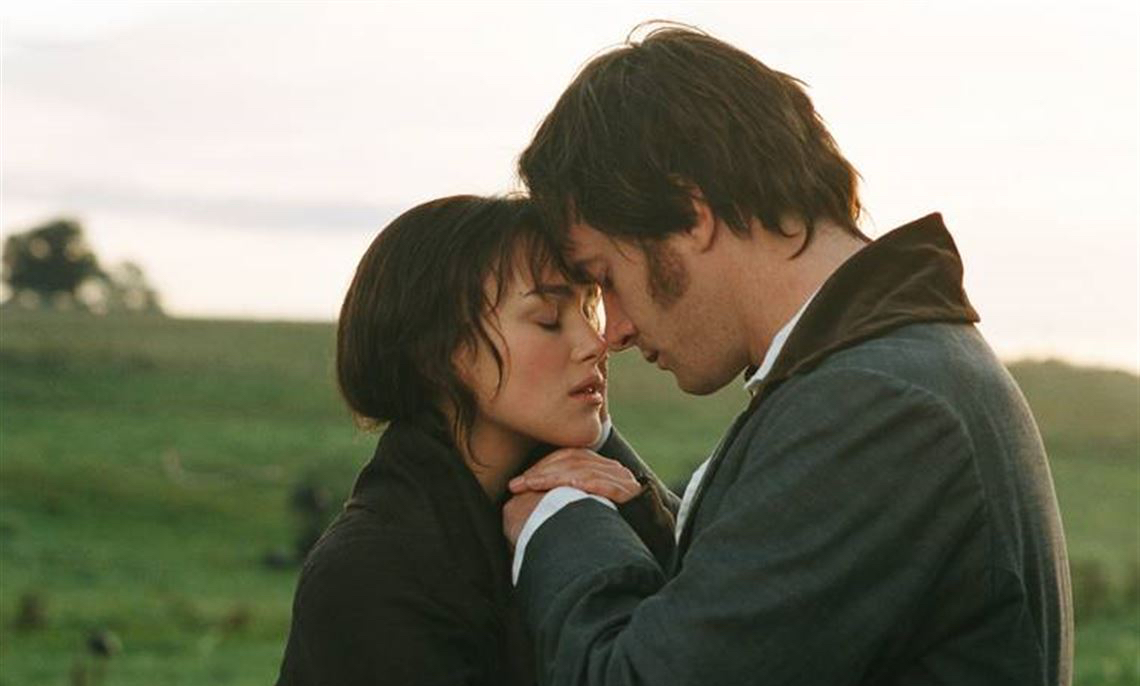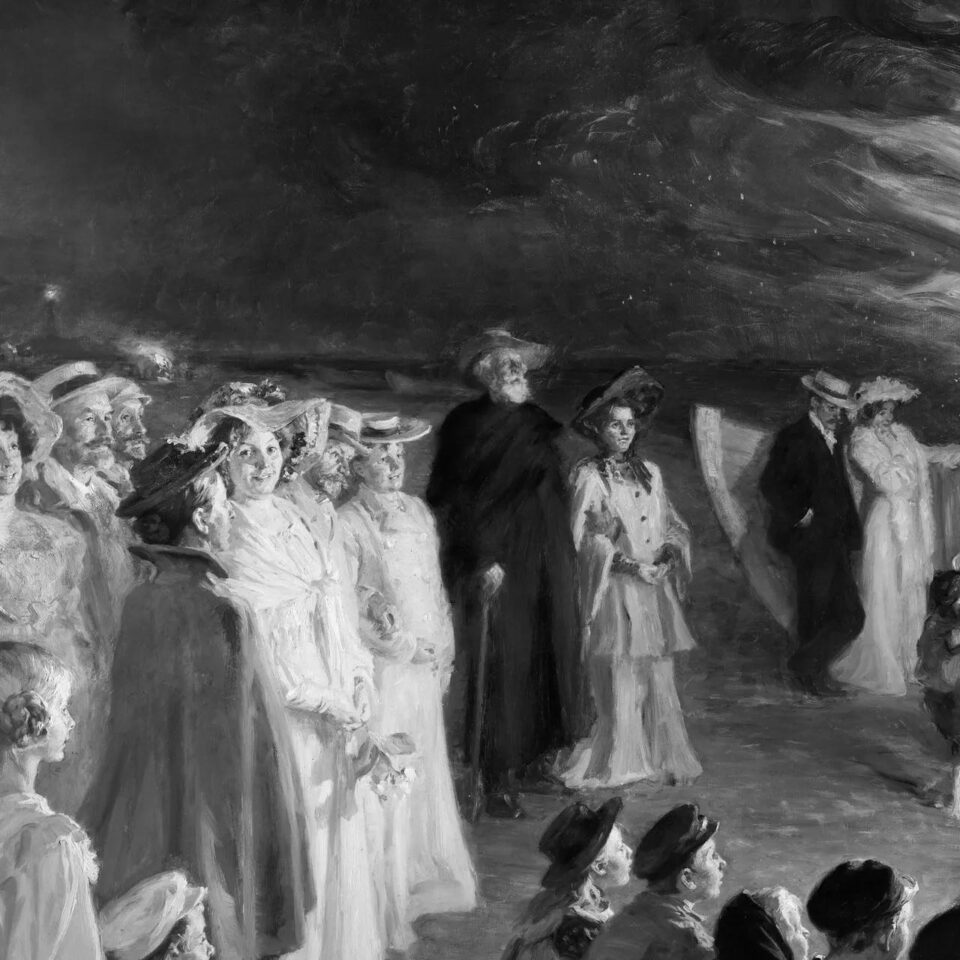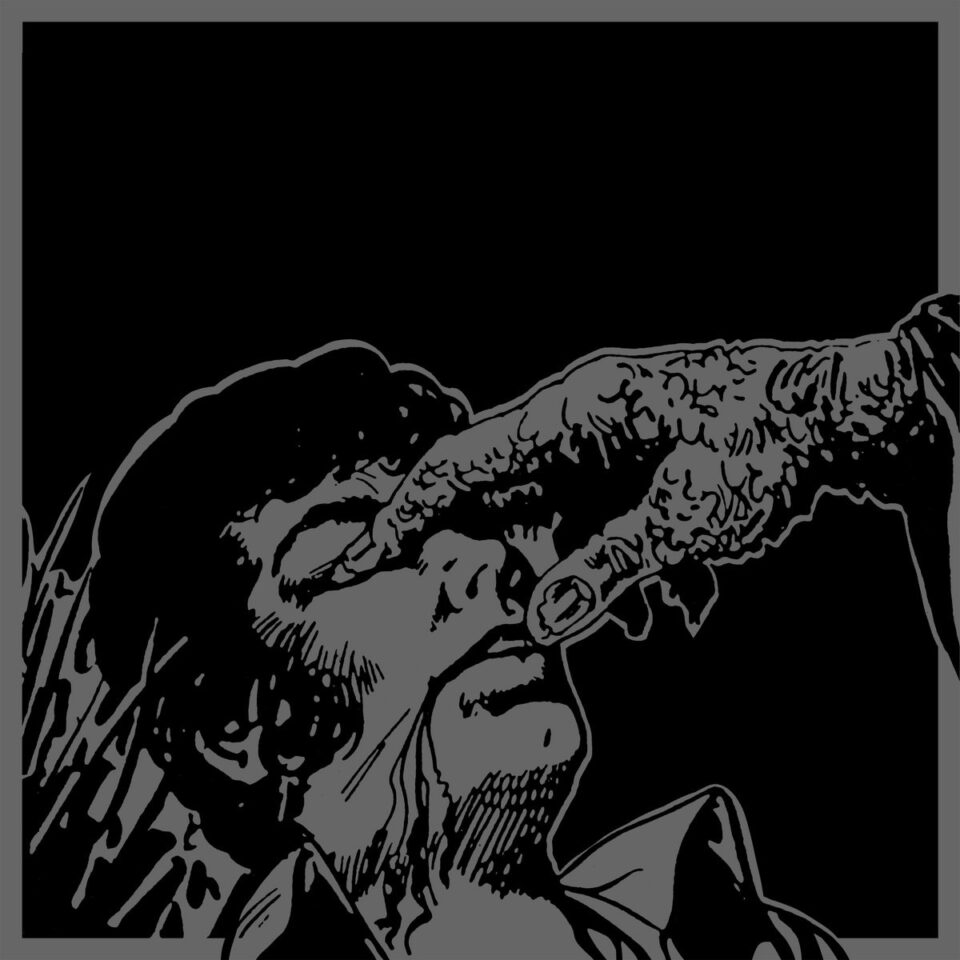Welcome to Rearview Mirror, a monthly movie column in which I re-view and then re-review a movie I have already seen under the new (and improved?) critical lens of 2020. I’m so happy you’re here.
If you encounter, in 2020, any online discussion of Joe Wright’s 2005 adaptation of Pride & Prejudice, it will likely be in the form of a .gif.—particular .gif of a shot that nicely summarizes one of the main themes of the film, in a way that speaks to its audience (and by audience, I mean mostly straight women) the way only visual cinema can. Were it not for this shot, I’m not sure how much the movie would stay relevant to current conversation. (You probably already know the moment I’m referring to, but if you don’t, I’ll get to it in a minute.)
That’s not to say the many other shots in Pride & Prejudice aren’t good. The film is lovely. It invites us into the cozy world of the Bennet sisters almost as warmly as Greta Gerwig’s Little Women adaptation brings us into the fold of the Marches, and Wright makes beautiful use of the pastoral English setting, framing each scene like a painting. Elizabeth and her family picnic on the roots of an enormous tree, she and Darcy argue in the rain, she and Jane whisper under a sheet at night. At the ball, the camera bobs and weaves through the guests like a nosy reveler looking for gossip, finding all our main characters just long enough for an update. (Bingley fingering Jane’s dress, oh!)
Dusk and dawn are both exploited for their Golden Hour gorgeousness. Really, it’s a masterclass in externalizing the internal, always a difficult trick when adapting a novel: simple camerawork effectively brings us into Elizabeth’s emotional world even as the character stays silent. When she and Darcy dance, the rest of the party falls away. While reading his letter, she briefly sees him behind her. And it’s funny! Mrs. Bennet’s “Company is coming!” moment, hastily preparing the house for the arrival of gentlemen, gets me every time. But none of these are the shot I mean.
If you don’t know the plot of Pride & Prejudice, I’m not going to explain it here. Suffice it to say, it’s been adapted a hundred times, and I don’t consider the Bridget Jones movies classic (they’re fine!)—and until 2005, Colin Firth brooding and then bathing as Mr. Darcy was the end-all be-all of that character. When Wright’s sweeping adaptation arrived, it received positive reviews, and garnered Keira Knightley an Oscar nomination, though she was gently mocked for daring to act while beautiful despite it being in vogue for serious actresses to “ugly up” for a part. (Charlize Theron had just won for Monster. I can’t find a video of the exact joke about Knightley, but I remember it well. Go inside my brain and watch the clip, it’s there.)
This was, at the time, my chief complaint, too: she’s just too fucking pretty to play Lizzie. The whole thing in Pride & Prejudice is that Jane is the beautiful sister, Lizzie the wit. And while Rosamund Pike is certainly stunning (in this, she positively glows), there’s just no one on Earth so perfect that you could put them next to Keira Knightley and conclude that Keira Knightley isn’t a goddess. It’s an issue that affects a lot of casting choices, actually, and was best summarized by Jim Gaffigan talking about Halle Berry: “Whenever she’s in a movie, I find it hard to follow the plot. Like when she was in Monster’s Ball playing that poverty-stricken woman, the entire time I was watching the movie I was like, ‘Well, why doesn’t she just become a model?’”
Fifteen years later, I still find it difficult to believe that anyone without an extreme preference for blondes could really consider the two “sisters” of differing attractiveness, but it doesn’t take away from the excellence of the performances. Pike is sweet, Knightley sharp, and Matthew Macfadyen as Mr. Darcy is so heart-breakingly vulnerable, with that little stammer as he trips over his professions of love. That’s the thing so many people (and by people, I mean mostly dudes) get wrong about this story, but that Macfadyen got absolutely right: Darcy isn’t hot because he’s mean, he’s hot because he’s shy. And rich—that helps.
The thing about this moment, .gif’d a thousand times, is that it’s not even a meme. Do you know how rare it is for a movie moment to go viral, to be instantly recognizable out of context, without the audience first putting their own spin on it, adding an overlay of commentary and humor?
But Darcy in the rain, and then by the light of the rising sun, isn’t the moment I’m talking about. And I’m not talking about the much-maligned final “kissing” scene, added because, well, American audiences expected it (sorry! We’re stupid!). No, the defining and enduring Pride & Prejudice moment, its great contribution to the world of cinema, is Mr. Darcy helping Elizabeth into a carriage and then flexing his hand as he walks away. Google any variation of the words in the previous sentence—or better yet, search them on Twitter—and you will see what kind of fervor this moment has inspired. Not since the heyday of Tumblr, I tell you.
And the thing about this moment, .gif’d a thousand times (a thousand times, yes!), is that it’s not even a meme. Do you know how rare it is for a movie moment to go viral, to be instantly recognizable out of context, without the audience first putting their own spin on it, adding an overlay of commentary and humor? It happened to the wall punch in Marriage Story and the “billion dollars” line in The Social Network, to name just two examples. It’s basically its own genre of internet content, and it would be so easy to make the hand flex into a meme! Touch something you love, flex your hand as you walk away. Insert trendy thing here. But for whatever reason, this hand flex moment remains pure, untouched by the irony machine. People just love it to pieces. It’s hot the way anything slightly repressed is hot, the way burlesque is hot—it’s in the non-sexuality of it. He touched her hand, that’s all, but her skin turned him on so much…I’m like, getting worked up just writing about it. Like, oh my god.
It’s the iconic visual of the film, similar to the upside-down kiss in Spider-Man. It’s not in the source material, but it works so well, fans immediately accepted it as a visual encapsulation of the dynamic between these two characters. As the nerds say, “That’s it. That’s the movie.” It externalizes the unsaid, it shows and doesn’t tell. Teach this shot in film school!
I do think it’s this moment, more than anything else, that keeps people watching Pride & Prejudice. Just like hearing “My Heart Will Go On” on the radio reminded audiences how good Titanic was and sent them back for second and third viewings, this .gif bounces around the internet, reminding us how good Pride & Prejudice is, and we queue it up again and again. You’re probably looking for it right now, aren’t you, you sick freak? Well, fine. Good news, it’s currently on Netflix. And the scene you’re looking for starts at minute twenty-five. FL









